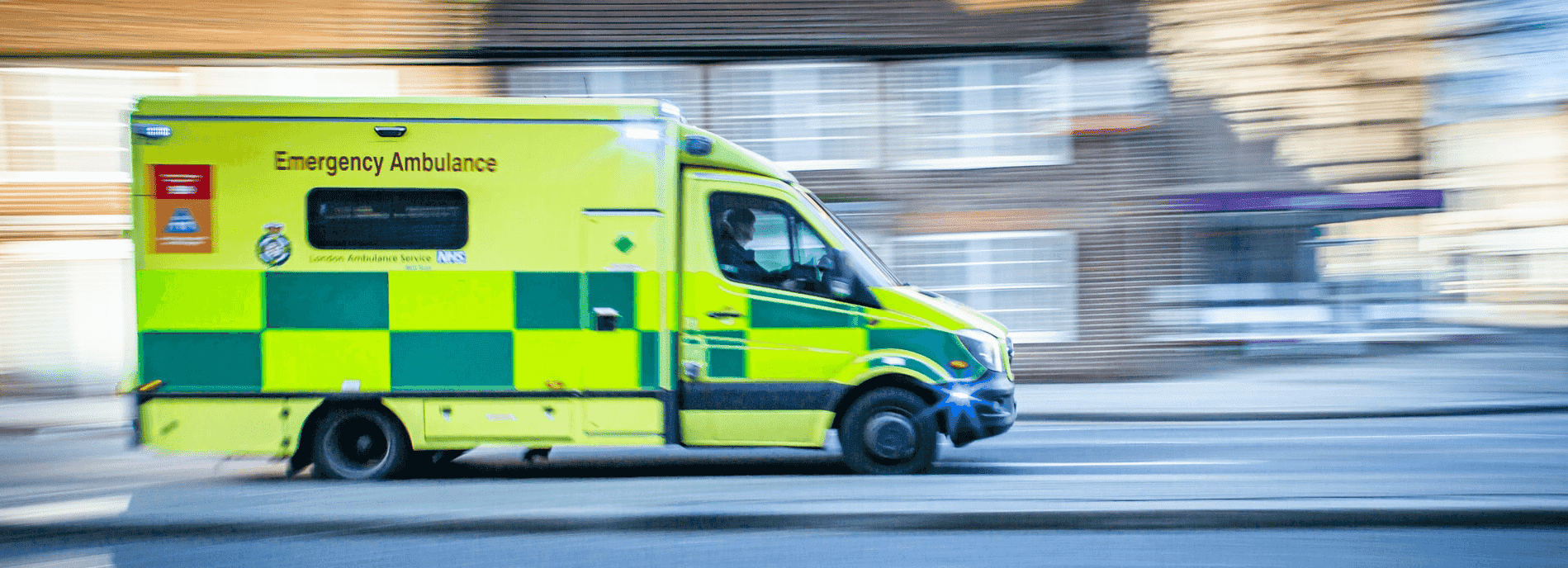
Active violence can happen anywhere, or anytime. Preparing for active violence means considering the circumstances and possible actions you may need to take, either alone or as part of a group. Read this active shooter response guide to learn some effective strategies and priorities to improve your chances of survival in an emergency situation. In real violent situations, these actions are often overlapping and might vary in terms of priority.
Escape
The ideal action to take during an emergency situation is to escape. Although you want to ensure those around you are also able to escape, you must avoid moving in groups. Therefore, before helping others, get yourself into a safe position out of the eye of the attacker. To be prepared to escape in a crisis, it is important that you familiarize yourself with your surroundings and locate the safest and most accessible exits in advance. If it is safe to move, then exit the room or the building as quickly as possible. From there, you will be able to assist those still inside by calling 911 and getting professional support.
Evade
If it is not possible to escape the room, then you should prioritize moving as far away from the danger as possible. In other words, you should evade. Some of the most effective actions you can take to effectively evade danger include staying low, moving in zig-zag directions, and using cover and concealment where possible. Using large items, such as desks, to block yourself from view is an effective way to evade the danger.
Defend
If you are not in the same room as the attacker, but are unable to escape the building, then defend your space from potential violence. If you feel that you are in a somewhat safe location, call 911 and describe, as accurately as you can, where you are and what the situation is. Following this, you should turn off the lights, lock the doors, and cover the windows. If it is possible to also barricade the doors and windows with other items then this is an effective mechanism to improve your safety. Additionally, in order to most effectively defend your space, you need to remain quiet and undetected by the attacker so you should keep talking to a minimum and also conceal yourself out of sight.
Distract
If you are caught in the room with the attacker and are unable to escape or evade the situation, then the next step you can take is to distract them. Throwing items at the attacker may distract them. If they are within close proximity to you then you should try to cause physical pain by either biting, hitting, or scratching. It is very important that everyone in the room is attempting to distract the attacker in any way that they can. The more people doing this, the more difficult it is for the attacker to carry out their intended violence.
Disarm
If the distractions are effective, then you should attempt to disarm the attacker. Do not approach the attacker unless you are confident that you can effectively disarm them. This is most effective when done with a number of people as this will increase the likelihood of being able to over-power the attacker. You should position yourself against a wall and grab the barrel of the firearm with your hand. Hold on tightly to the firearm and throw your weight to the ground. If you have the support of other people, then they can focus on pinning down the attacker.
Respond
If there are injuries among the victims, it is important to know how to respond. The first step is to call 911 and get professional medical assistance as soon as possible. While waiting, try to find anyone nearby with first aid or medical training. If there is, follow their instructions carefully. If not, you should attempt to support any victims and prioritize those with heavily bleeding wounds. Firstly, apply direct pressure onto any wounds to reduce bleeding. From there, you should pack the wound using whatever sanitary, first aid materials you have available. Create a tourniquet with any clothing to prevent excess blood flow. Speak positively to the injured people and assure them that medical assistance will be arriving soon.
This active shooter response guide shows the priorities you should have during an emergency. It is not, however, a step-by-step guide that should be followed exactly because circumstances will vary immensely and there may be other variables that influence the order or implementation of these recommendations. Completing an Active Violence Response Training, such as In A Heart Beat’s SAVE program, will give you a more comprehensive understanding of how to respond to such a crisis. Reach out to us to set up a class today to prepare your workplace or community for the unthinkable.